HERMAN, Josef
Mosek Josef Herman, also known in Wales as Joe Bach, was born in Warsaw, Poland on 3 January 1911, son of David Herman, a cobbler. From 1930 Josepf attended the Warsaw School of Art for two years before working briefly as a graphic artist and in 1938, to escape anti-Semitism, Herman left Poland for Brussels where he was introduced to many of the prominent artists including Constant Permeke (1886-1952) then working in the city. With the German invasion of Belgium, he escaped to France and then to Great Britain living firstly in Glasgow before moving to London where he met numerous other European émigrés, such as the Hungarian Michael Peto (1908-1970), with whom he became friends. A highly regarded Polish-British realist painter who influenced contemporary art, Herman studied working people as the subjects of his art, including grape pickers, fishermen and, most notably, coal miners. From 1944 Herman spent eleven years in Ystradgynlais, a mining community in South Wales and became part of the community, where he was fondly nicknamed ‘Joe Bach’. In 1951, he was commissioned to paint a mural for the Festival of Britain when Herman took coal miners as his subject, this work ‘Miners’ showed six men resting above ground after their work and the mural is held in the permanent collection of the Glynn Vivian Art Gallery, affiliated with the Swansea Museum and in the same year had a solo show at Heffer Gallery in Cambridge. He left Wales in 1955, living briefly in Spain and then in London before moving to Suffolk with his partner, Eleanore [Nini] Marie Ettlinger (died 25 February 2025), whom he married at Fulham in 1961 when working in Dunwich and Southwold. The tragic death of their 4-year-old daughter Sara, prompted them to move and from 1972 Herman lived 120 Edith Road, West London where he died on 19 February 2000, being survived by his wife, a son, and a daughter. In 1981 Herman was awarded an OBE for services to British Art and elected a senior at the Royal Academy on 30 May 1990. Some of Herman's work was collected by the Davies sisters, British art patrons and collectors in Wales, as part of their 20th-century holdings and they bequeathed their joint collection of 260 works, particularly strong in Impressionist and post-Impressionist paintings and sculptures, to the National Museum Wales.
Works by This Artist
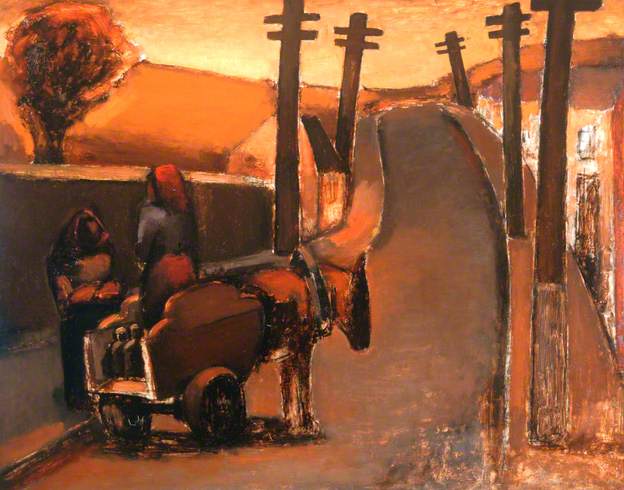
|
MorningOil on board
|
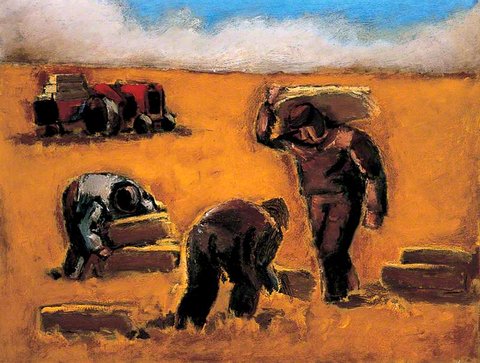
|
Work in the FieldOil on canvas
|
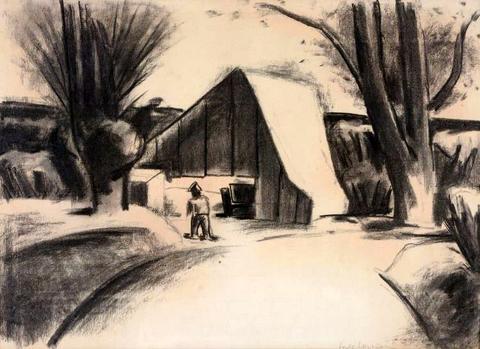
|
The Farmyard, SuffolkCharcoal on paper
|
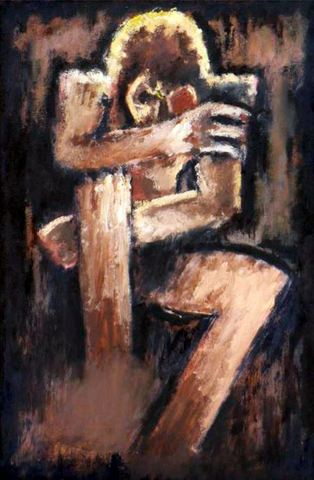
|
Seated Figure-Greenham Common ProtestOil on canvas
|
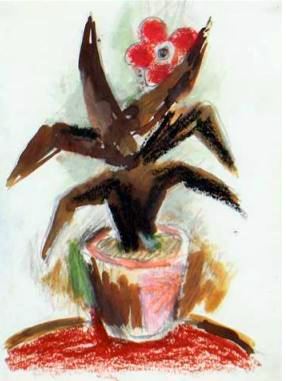
|
Red Flower in a PotPencil, watercolour and crayon
|
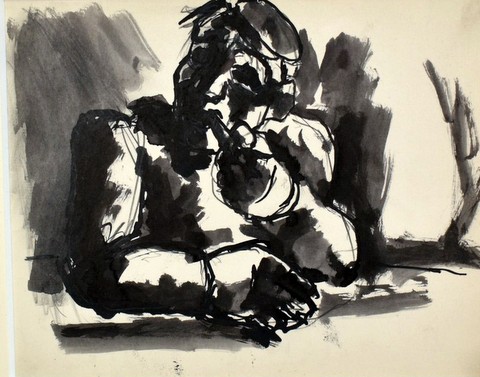
|
Pipe SmokerInk and wash
|